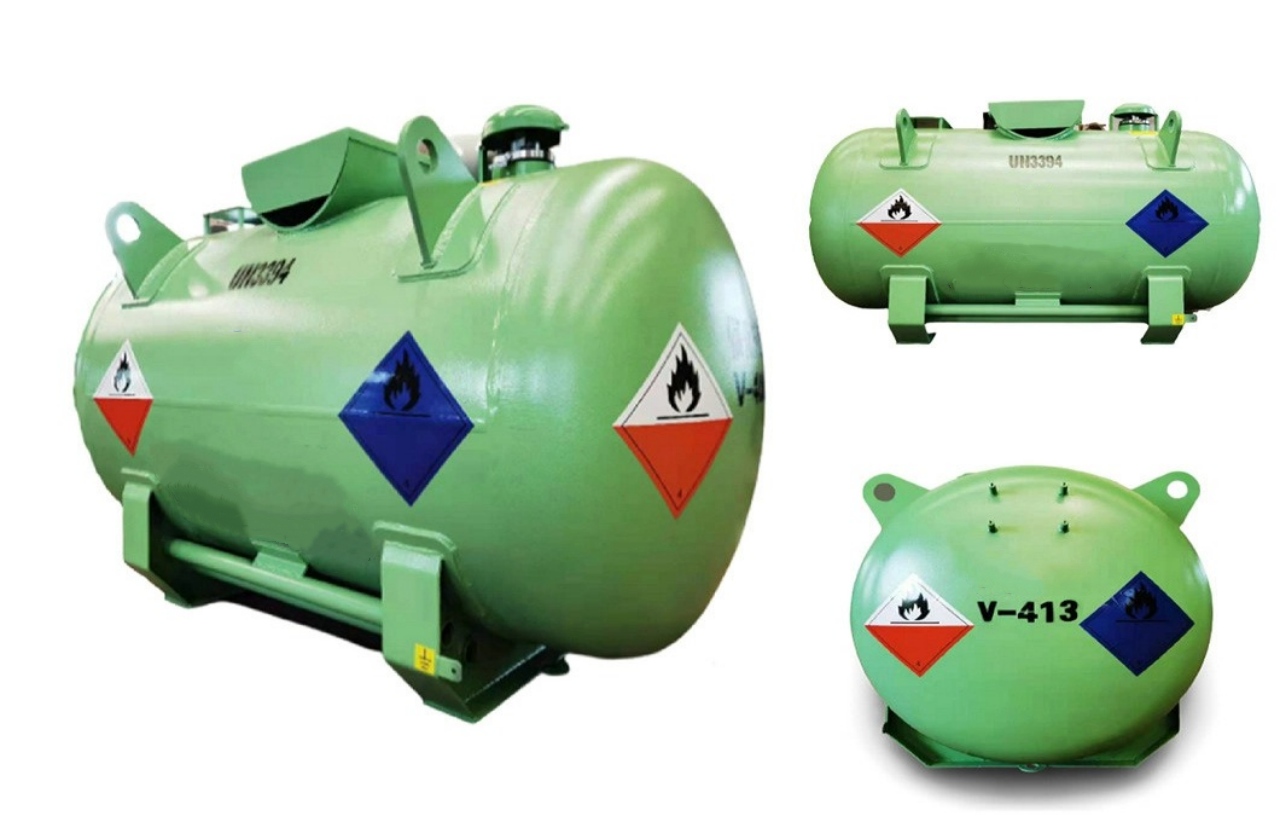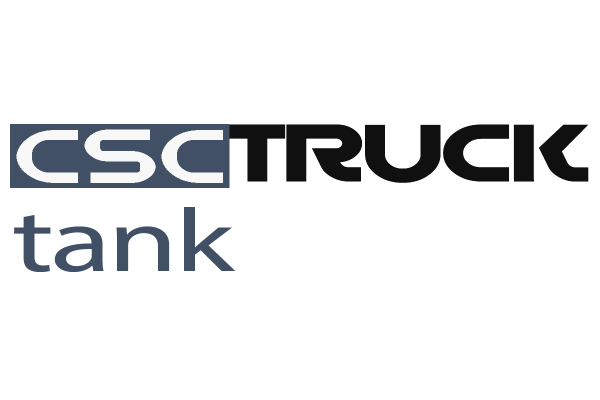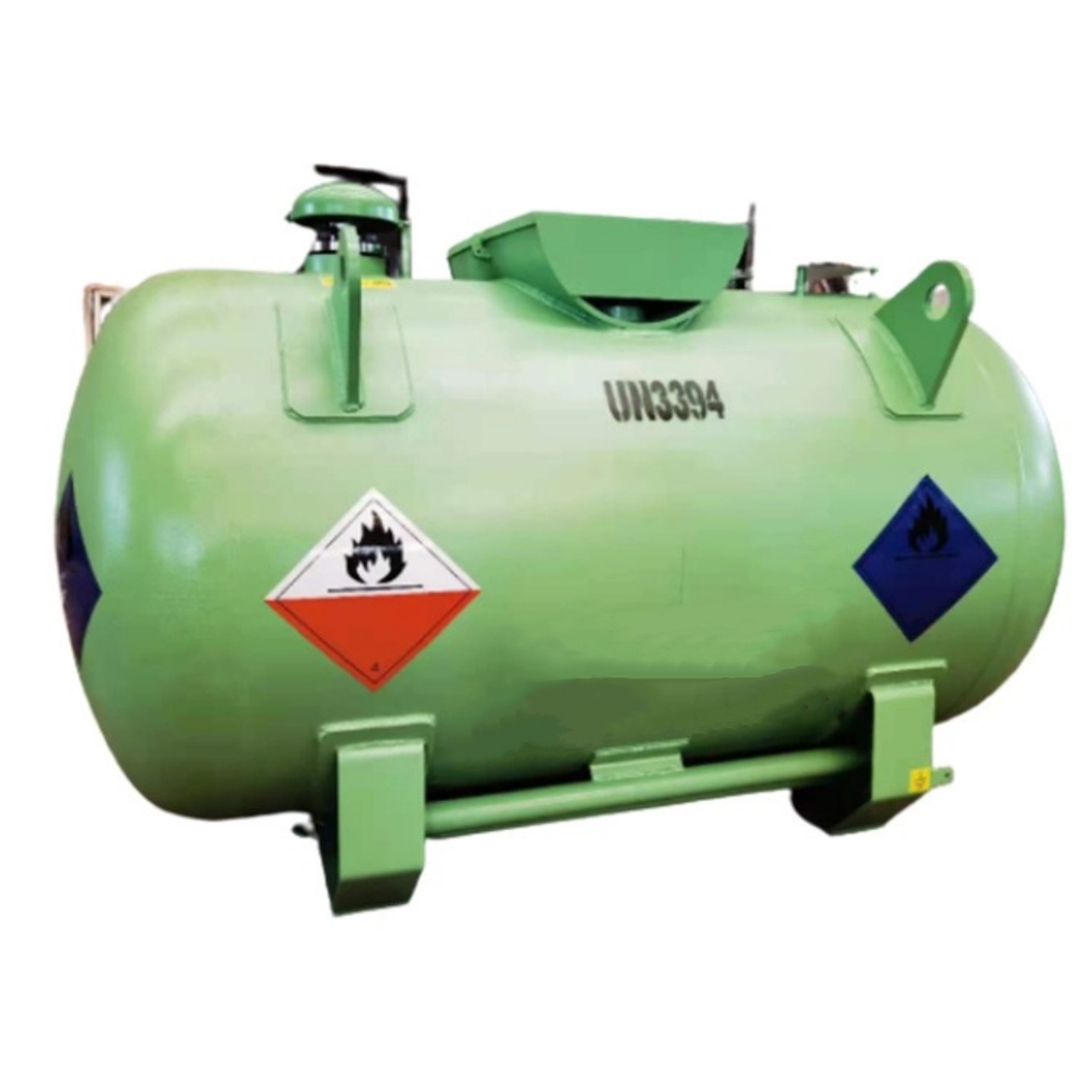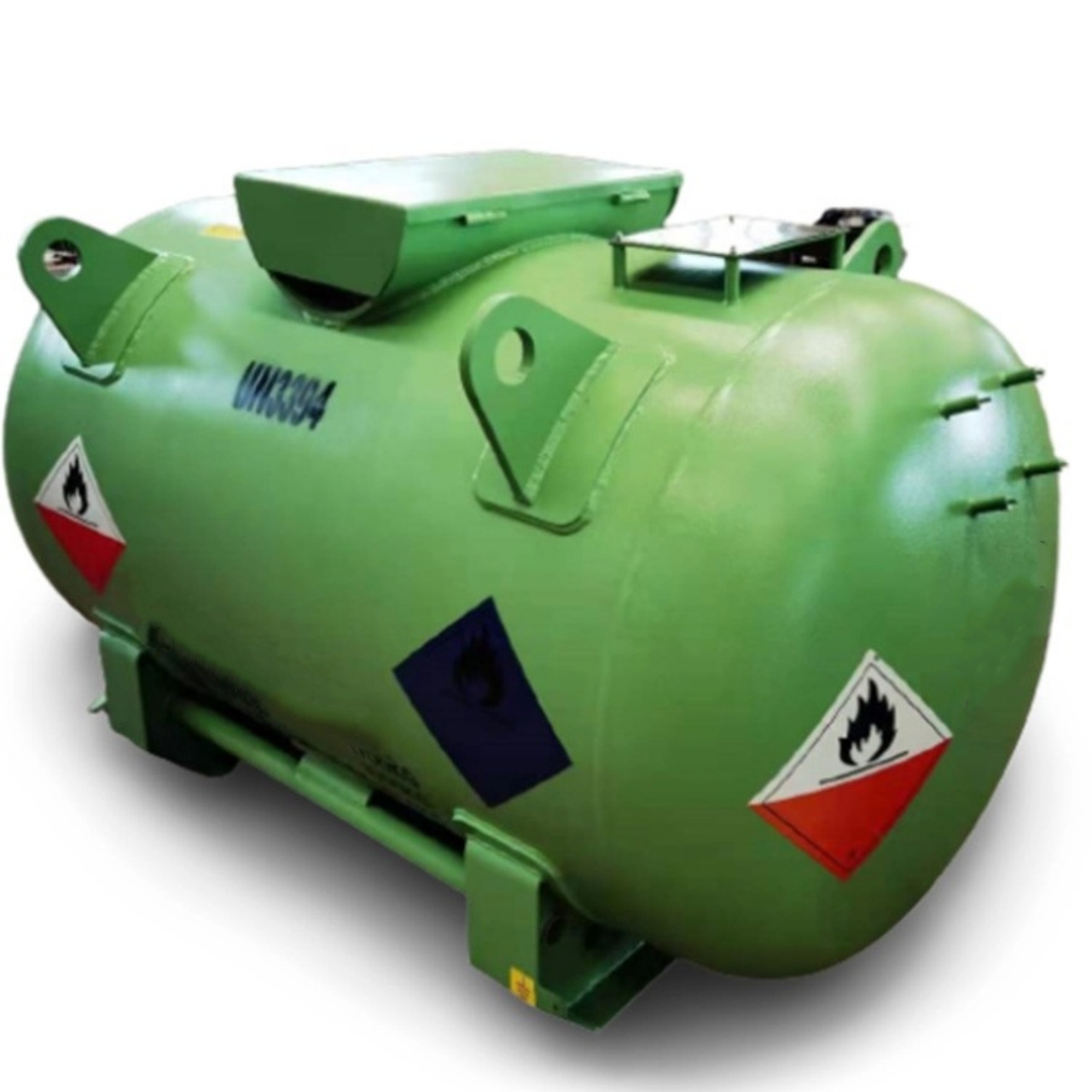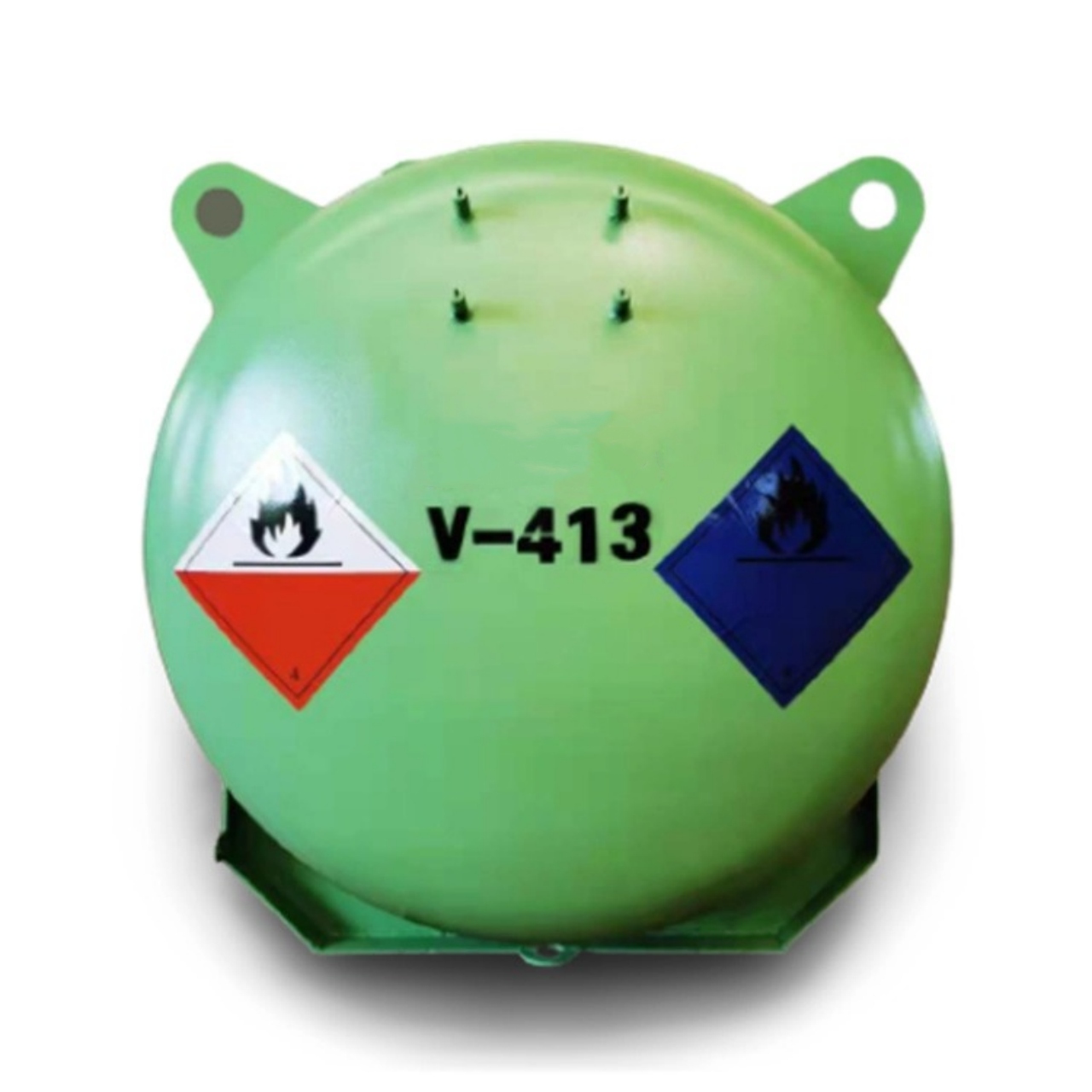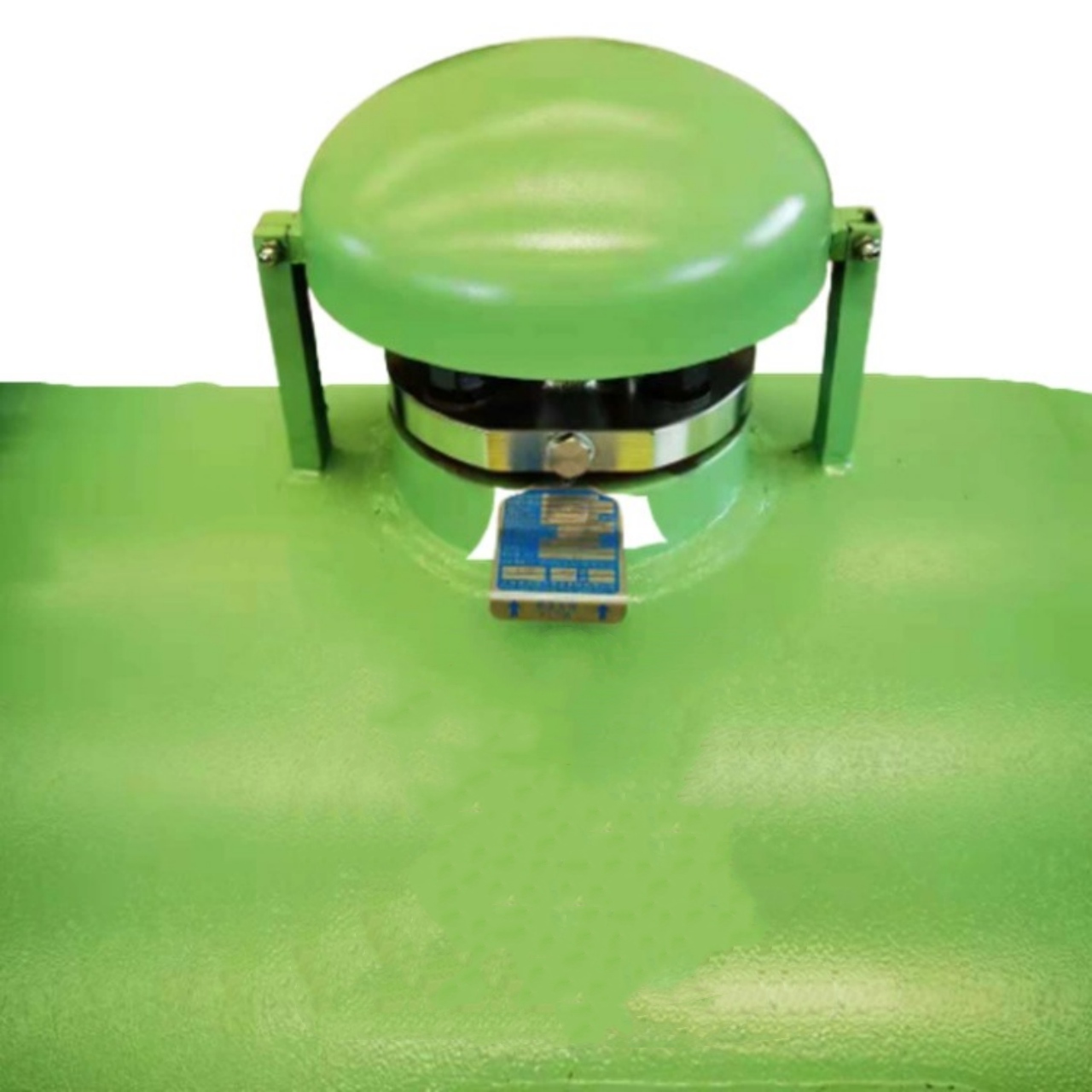Pressure vessels are essential components in the industrial storage and transport of pressurized gases and liquids. Their design, manufacture, and certification directly influence the safety, efficiency, and regulatory compliance of operations across sectors such as energy, chemicals, pharmaceuticals, food processing, and gas distribution. Certified pressure vessels are engineered to safely contain substances under high internal or external pressure, minimizing the risk of rupture, explosion, or environmental contamination.
This article explores the role of certified pressure vessels in the safe storage and transport of pressurized substances, focusing on their design criteria, certification standards, materials, applications, and emerging technologies.
The Importance of Pressure Vessels
Pressure vessels are closed containers designed to hold gases or liquids at a pressure substantially different from ambient pressure. Because of the potential hazards associated with pressurized contents, the design and fabrication of these vessels are strictly regulated. Failures in pressure vessels can lead to catastrophic accidents involving loss of life, environmental damage, and substantial economic losses. As a result, only vessels that comply with stringent codes and standards are deemed fit for use in critical operations.
Certified Pressure Vessels: What Certification Means
Certification refers to the formal process of verifying that a pressure vessel meets all applicable safety, material, and manufacturing standards. A certified pressure vessel must pass inspections and tests set by recognized organizations such as:
- ASME (American Society of Mechanical Engineers) Boiler and Pressure Vessel Code (BPVC)
- PED (Pressure Equipment Directive – Europe)
- DOT (Department of Transportation – USA)
- ISO (International Organization for Standardization) standards such as ISO 11120 or ISO 9809
- UN Recommendations for Transport of Dangerous Goods
Certification assures users and regulatory authorities that the vessel can operate safely under specified conditions, such as temperature, pressure, and environmental exposure.
Design and Engineering Criteria
Designing a certified pressure vessel begins with assessing the operational requirements, including:
- Operating Pressure and Temperature: Determines the thickness and strength of the vessel walls.
- Volume and Shape: Cylindrical and spherical shapes are most common, optimized to withstand internal pressure efficiently.
- Contents: Whether the vessel will store liquefied gases, corrosive chemicals, or cryogenic substances influences material selection.
- Corrosion Allowance and Safety Factor: Vessels must be designed with a margin of safety that accounts for corrosion and fatigue over time.
Finite element analysis (FEA), computational fluid dynamics (CFD), and other engineering tools are often used during the design phase to simulate performance and predict failure points.
Materials Used in Certified Pressure Vessels
The choice of material significantly impacts the vessel’s strength, weight, corrosion resistance, and certification compliance. Common materials include:
- Carbon Steel: Economical and widely used for moderate pressure and non-corrosive contents.
- Stainless Steel: Offers excellent corrosion resistance and is suitable for food-grade, pharmaceutical, and chemical applications.
- Aluminum Alloys: Lightweight, non-rusting, and ideal for portable vessels and aviation-related uses.
- Composite Materials (e.g., carbon fiber wrapped around metal liners): Used in modern Type III and Type IV pressure vessels, these materials provide ultra-high strength-to-weight ratios, especially for hydrogen and CNG (compressed natural gas) transport.
Material selection must comply with certified codes and standards, with traceable documentation for quality assurance.
Applications of Certified Pressure Vessels
Certified pressure vessels are used across many industries and for a variety of purposes:
- Industrial Gas Transport: Cylinders and bulk tanks certified for high-pressure oxygen, nitrogen, argon, and other gases are essential in welding, medical, and industrial processes.
- Energy Sector: Certified vessels are integral to hydrogen refueling infrastructure, compressed natural gas transport, and offshore oil platforms.
- Chemical and Petrochemical: Storage of reactive, corrosive, or toxic chemicals under pressure requires high-integrity certified vessels.
- Pharmaceutical and Food Industries: Sanitary-certified pressure vessels are used for fermenting, pasteurizing, and storing ingredients under sterile conditions.
- Cryogenic Storage: Certified vessels such as Dewar flasks and ISO tank containers hold liquefied gases like LNG, LOX, and LCO2 at extremely low temperatures and high pressures.
These vessels often travel over roads, railways, and the sea, which necessitates international certifications to ensure they meet varying regional regulatory requirements.
Testing and Inspection
Before certification, pressure vessels undergo rigorous testing, including:
- Hydrostatic Testing: The vessel is filled with water and pressurized to check for leaks or deformation.
- Radiographic Testing (RT): X-rays or gamma rays are used to detect internal weld flaws.
- Ultrasonic Testing (UT): High-frequency sound waves detect imperfections in welds or materials.
- Visual Inspection and Dimensional Checks: Ensures weld integrity and proper geometry.
Periodic re-inspection during the vessel’s service life is mandatory in many jurisdictions, ensuring continued safety and code compliance.
Transportation and Handling Considerations
When used for transport, pressure vessels must also meet transportation regulations. For instance:
- DOT-Approved Cylinders: Used in North America for gas transport must comply with specific labeling, valve protection, and requalification timelines.
- UN Portable Tanks and ISO Containers: Used for intermodal shipping and must be tested for both pressure containment and structural endurance during shipping.
Safe handling practices include grounding the vessel during filling, securing it during transport, and monitoring for overpressure or leakage.
Innovations and Emerging Trends
The pressure vessel industry is rapidly evolving with advancements in materials science, automation, and safety monitoring:
- Smart Pressure Vessels: Integrated with IoT sensors for real-time pressure, temperature, and leak monitoring.
- Hydrogen Economy Support: High-pressure composite cylinders (700 bar and above) are being developed for hydrogen fuel cell vehicles and refueling stations.
- Eco-Friendly Manufacturing: Use of recyclable composite liners and eco-efficient processes reduces the carbon footprint of vessel production.
These innovations contribute to safer, more efficient storage and transport systems for future clean energy and industrial applications.
Conclusion
Certified pressure vessels play a critical role in the safe containment and movement of pressurized substances. From industrial gases to hazardous chemicals, and from cryogenic liquids to clean energy fuels, the vessels’ certification ensures that safety, performance, and regulatory compliance are never compromised.
As industries evolve and demand more efficient and sustainable transport systems, the design and certification of pressure vessels will continue to advance, underpinned by stringent standards and cutting-edge technologies. Investing in certified pressure vessels is not just a regulatory necessity—it’s a commitment to operational safety, environmental responsibility, and long-term reliability.
